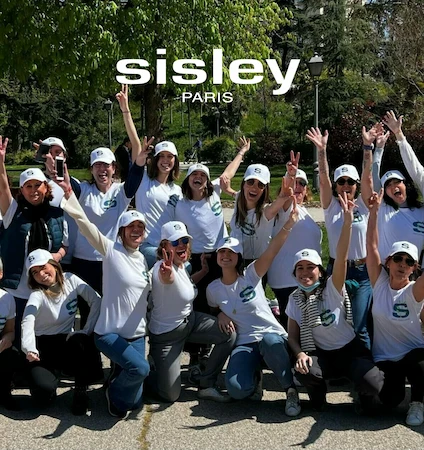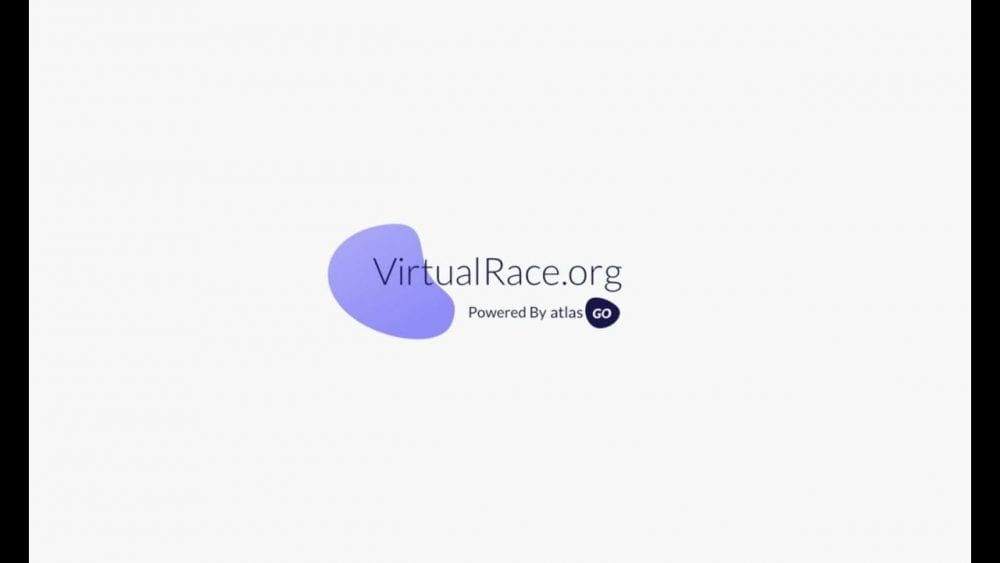As the teroGO virtual race product continues to attract nonprofits and organizations globally, here are 10 best practices for a successful virtual race. We’ve seen partners raise from $5k – $1.7M+ with our virtual race product pushing it out to their communities using these useful tips! This product was created to get you to hit your fundraising and awareness-building goals!
1. Set your campaign goal
With the help of your teroGO project manager, the first step is to create a campaign goal. teroGO virtual races are a little different than regular ones, you can have a multitude of activities, so it doesn’t have to be just biking or running but can be a more inclusive approach. There’s room to get really creative here! Another important goal is understanding how much you’re looking at fundraising throughout the event and if your community can support this.

2. Bring in sponsors!
Our most successful partners have been those who secured sponsorship. Click here to see the types of sponsorship you can offer, from giving sponsors visibility to helping them engage their employees to stay active. As you get sponsors on board and have them get the word out, this will likely be a defining factor if your campaign is successful. One of our recent clients wasn’t able to pay the teroGO setup fee upfront. They reached out to sponsors to cover the fee and were able to secure $30,000 in sponsorship dollars only!
Prizes: don’t ask your sponsors only for grants to be featured as a sponsor, but also for some attractive prizes. Users can win by participating in the virtual challenge.

3. Add perks & prizes
A physical race generally includes medals and goodies. Our solution does include medals if you want them set up for your virtual race; however other perks can be a great incentive too! A local restaurant or retailer’s gift cards feature on social media. You can reward those at the top of the leaderboard and think about incentivizing people to bring in their friends and family to buy tickets or share sweaty selfies on their social media to spread the word!

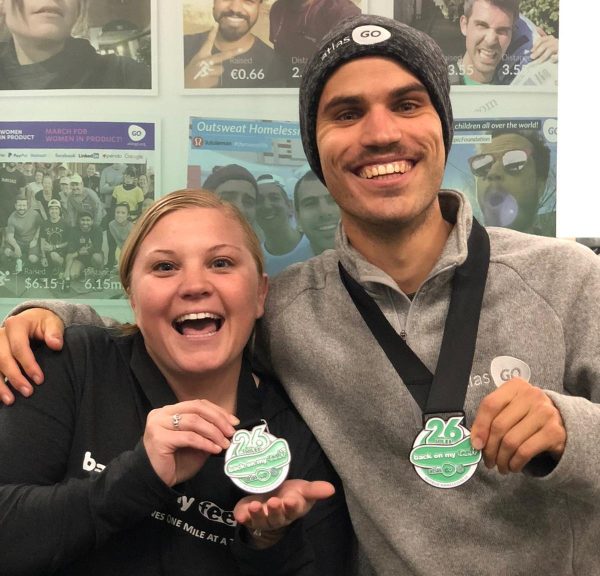


4. Set up a registration & race time
Generally, we encourage a 2-4 weeks registration period and a 2-4 weeks race period. We encourage you to have registrations stay open while the race is on. Think about a virtual race differently than you would a physical race. Because it’s happening online, look at it more as an awareness building, a route to spread the message as well as encourage friendly competition!

5. Create a content plan
Once you’re all set on creating a virtual race, make sure you’ve got enough time to market it. Look at the community that you’ve got and plan out a strategic content plan. Time frame: think about strong messaging, 1 month to register, 2 weeks left, 10 days left, 5 days left, 3 days left, etc.… Also, plan out extension days in your marketing plan if sales are slower than you expected, for example: “Registration extension! Last chance to buy for the next 3 days!”
6. Push it out everywhere!
Once you’ve got a strong content plan, get it out everywhere you can. Social media channels and email marketing are going to be huge here. Switch up your messaging, tag your sponsors and partners to make things go viral! See more detailed ideas here:
Community: reach out to your community and motivate people to invite their peers to join the virtual challenge.
PR & News: Write a press release and reach out to local radio/TV stations and newspapers. These outlets are certainly looking for some positivity amid all the news we’re getting at the moment. You are trying to help your community by building a digital movement to connect people helping each other, it’s certainly a good story to tell, and you can present yourself as an innovative organization/network too.
Influencers: it’s always good to activate influencers if your organization or cause has prominent supporters! We also urge you to use your executive team, officials, etc., to promote the initiative to their network.
Partners: if you have any partner organizations that could help you promote your initiative, go for it!
Social Media: use all your social media channels to promote your initiative
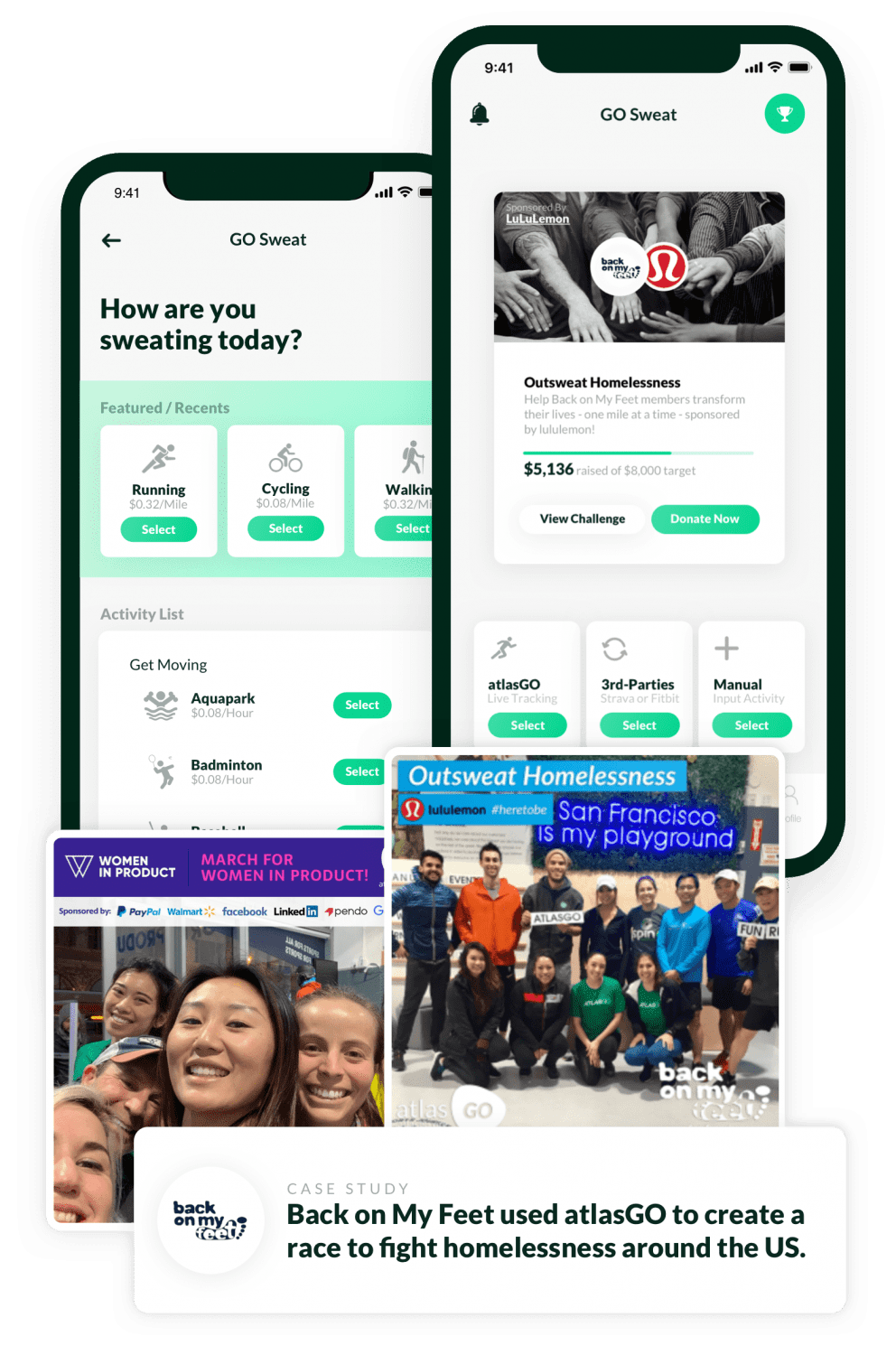
7. Customizable Tickets
Make the most out of your ticket sales. You can offer bulk discounts or group options for extra donations! Adding goodies to your ticket such as medals and/or t-shirts is a great way to get more ticket sales. With teroGO’s project manager you can find the tool that fits best for you.
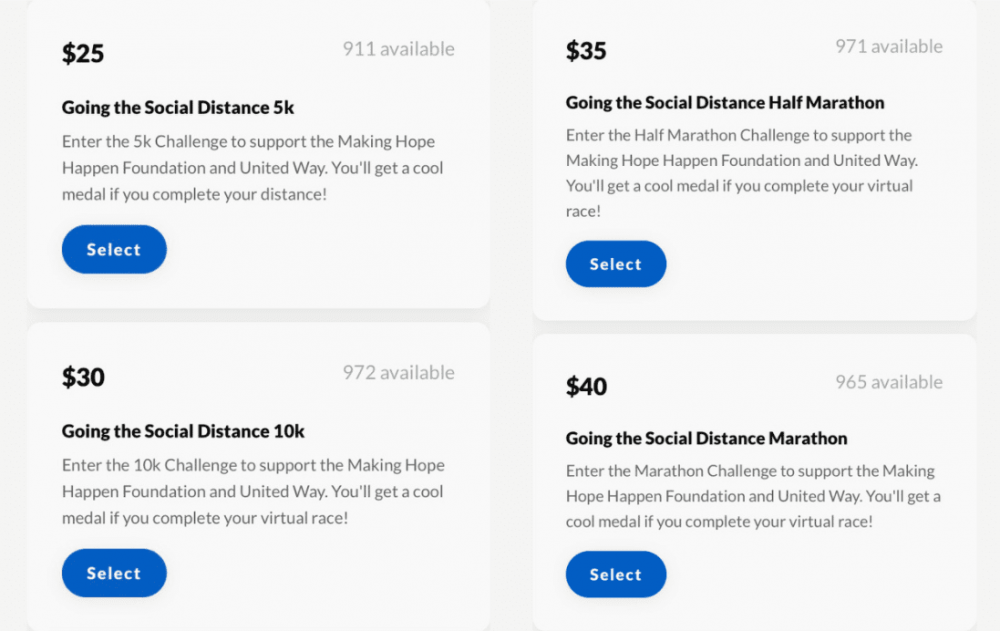
8. Tell your story
The teroGO Platform isn’t like any other virtual race. We foster storytelling and the opportunity for each organizer to really talk about the cause. Share videos, images, and beneficiary stories to maximize impact. The more impactful of messaging you share, the more engagement you will see!

9. Learn from other successful races
teroGO built a new site: www.virtualrace.org, where you can see all types of virtual races and learn from successful past ones! You will see the kinds of prizes, sponsorship visibility, and other strategies past organizers have come up with that led to successful races!
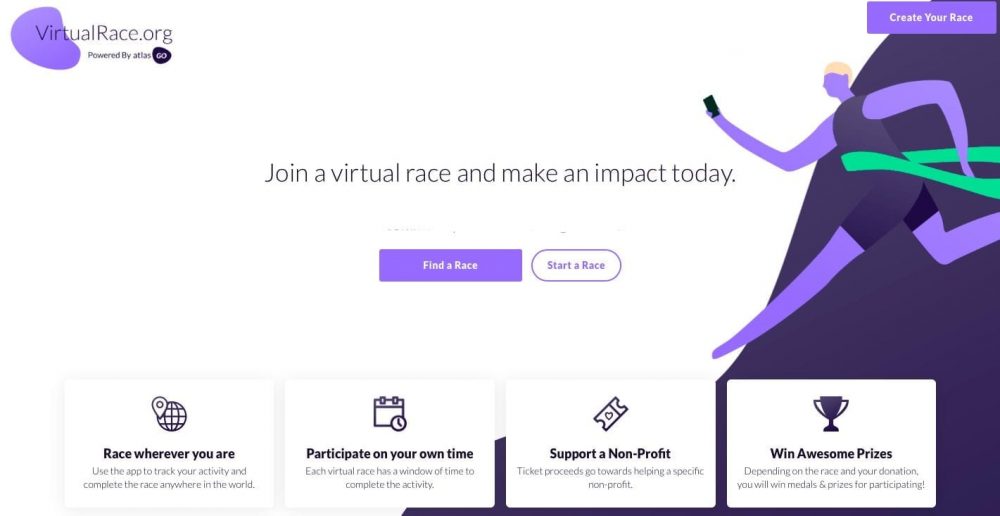
10. Launch when the time is right!
Think about the cause you’re talking about and find the right time to launch. Whether it’s marking an anniversary year you can highlight or the awareness month for the cause you’re supporting, this will help you create a stronger message!
Want to start your own virtual race? Let our Co-founder & Chief Partnership Builder, Magali know: magali@atlasgo.org
This website stores cookies on your computer. These cookies are used to collect information about how you interact with our website and allows us to remember you. We use this information in order to improve and customize your browsing experience and for analytics and metrics about our visitors both on this website and other media. To find out more about the cookies we use, please see our Privacy Policy.
Get a 15 minute live demo
Get your corporate challenge or employee wellbeing program live and empower your team’s wellness journey.








